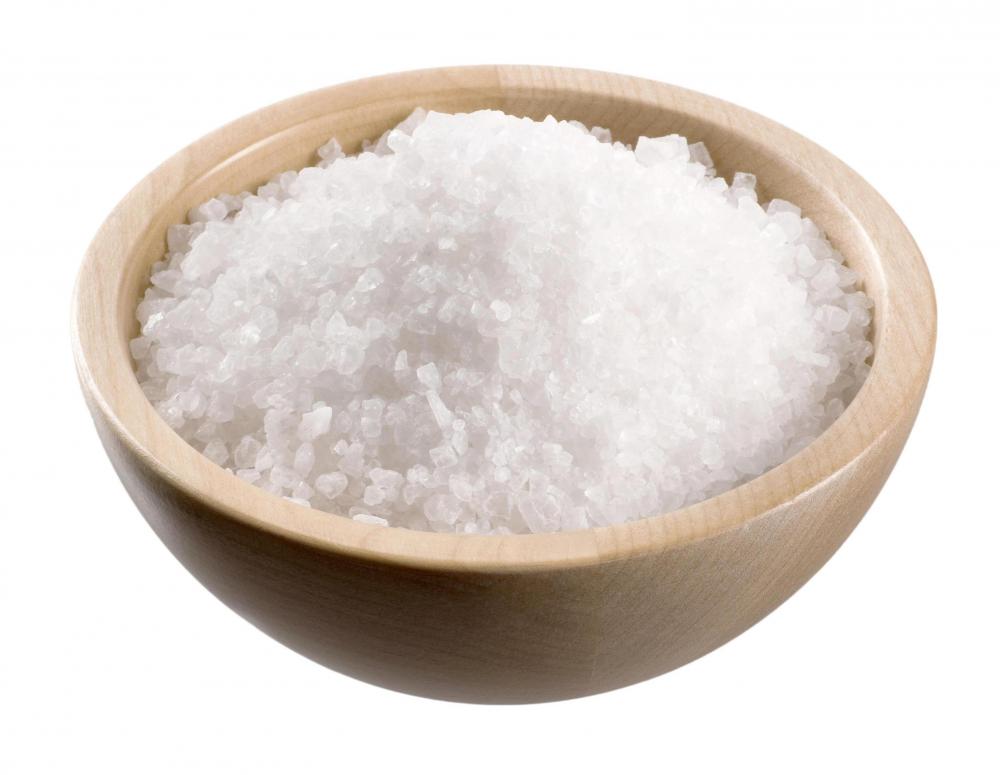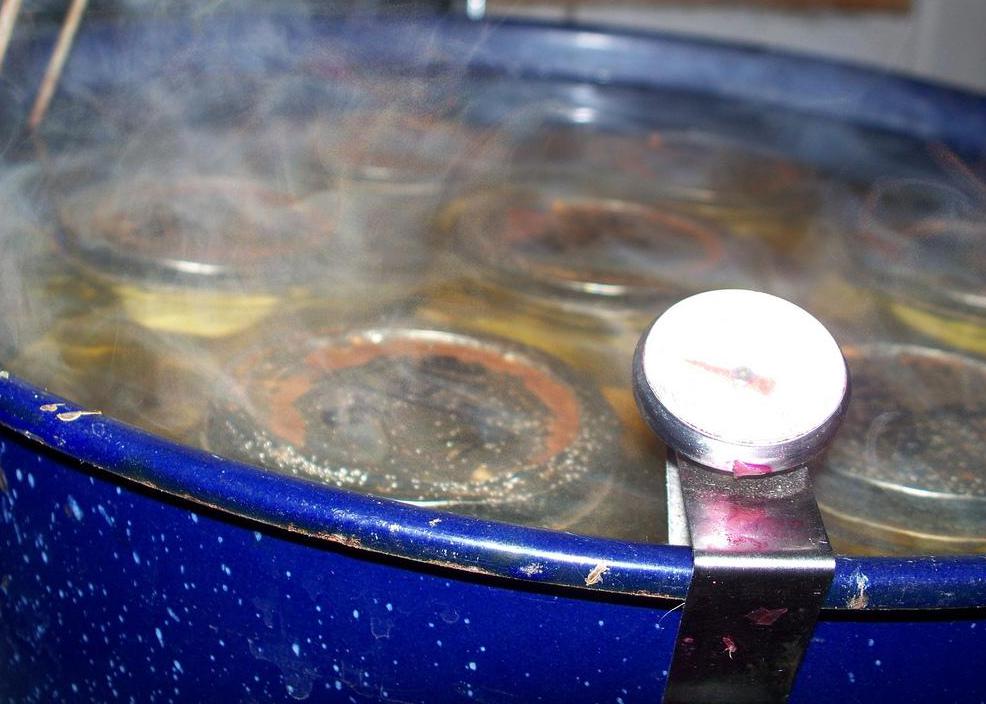At WiseGEEK, we're committed to delivering accurate, trustworthy information. Our expert-authored content is rigorously fact-checked and sourced from credible authorities. Discover how we uphold the highest standards in providing you with reliable knowledge.
What Are the Different Types of Canning Systems?
Canning fresh food at home is an age-old method of preserving summer produce so that it can be enjoyed during winter months in climates where the growing season is limited. Although some home canners do not use specialized equipment, canning systems can be purchased that streamline the process and often contain detailed instructions that help ensure food safety. Water bath canning systems are one of the most popular and safest types and involve immersing jars of food in boiling water to sterilize them. Another common method that is also generally considered safe if done properly is pressure cooking the food jars. Using canning systems and following the directions carefully is important to avoid botulism food poisoning and other types of contamination that can be deadly.
The most basic water bath canning systems can be purchased for around $20 US Dollars (USD) and usually include a large enamel pot that can hold between seven and nine jars at a time. Canning this way involves placing the food jars on the rack in the bottom of the pot, filling it with the proper amount of water, and boiling for the designated amount of time to sufficiently kill any bacteria in the food. The sterile jars are then sealed for storage. While this simple system is cost effective, a beginning home canner may want to purchase a more expensive kit that includes accessories like an instruction and recipe book, sealable canning jars, and utensils that make the job easier.

Pressure canning systems contain the same main components as a water bath, but jars are boiled in a pressure cooker, which has a sealed lid and reaches a higher temperature than boiling water alone. Pressure cookers usually cost more, with prices starting at around $80 USD, and the process takes longer to complete. They can be used for any type of food, however, unlike boiling water canners, which cannot be used for low-acid foods such as dairy, meats, and most vegetables. The reason for this is that some food-borne bacteria that thrive in low-acid environments can survive in boiling water temperatures.

Some home canners may not use canning systems, and many believe that placing hot food in a jar and sealing it is sufficient. Instructions can be found for food-preservation methods involving microwaving, heating jars in the oven, or using the dishwasher. The US Department of Agriculture (USDA) says these processes are not safe because they do not adequately sterilize canning implements or remove bacteria from the food and should not be used. Those wishing to can foods at home are advised by the USDA to use either the water bath or pressure cooker canning system to reduce the risk of food poisoning.
AS FEATURED ON:
AS FEATURED ON:














Discuss this Article
Post your comments